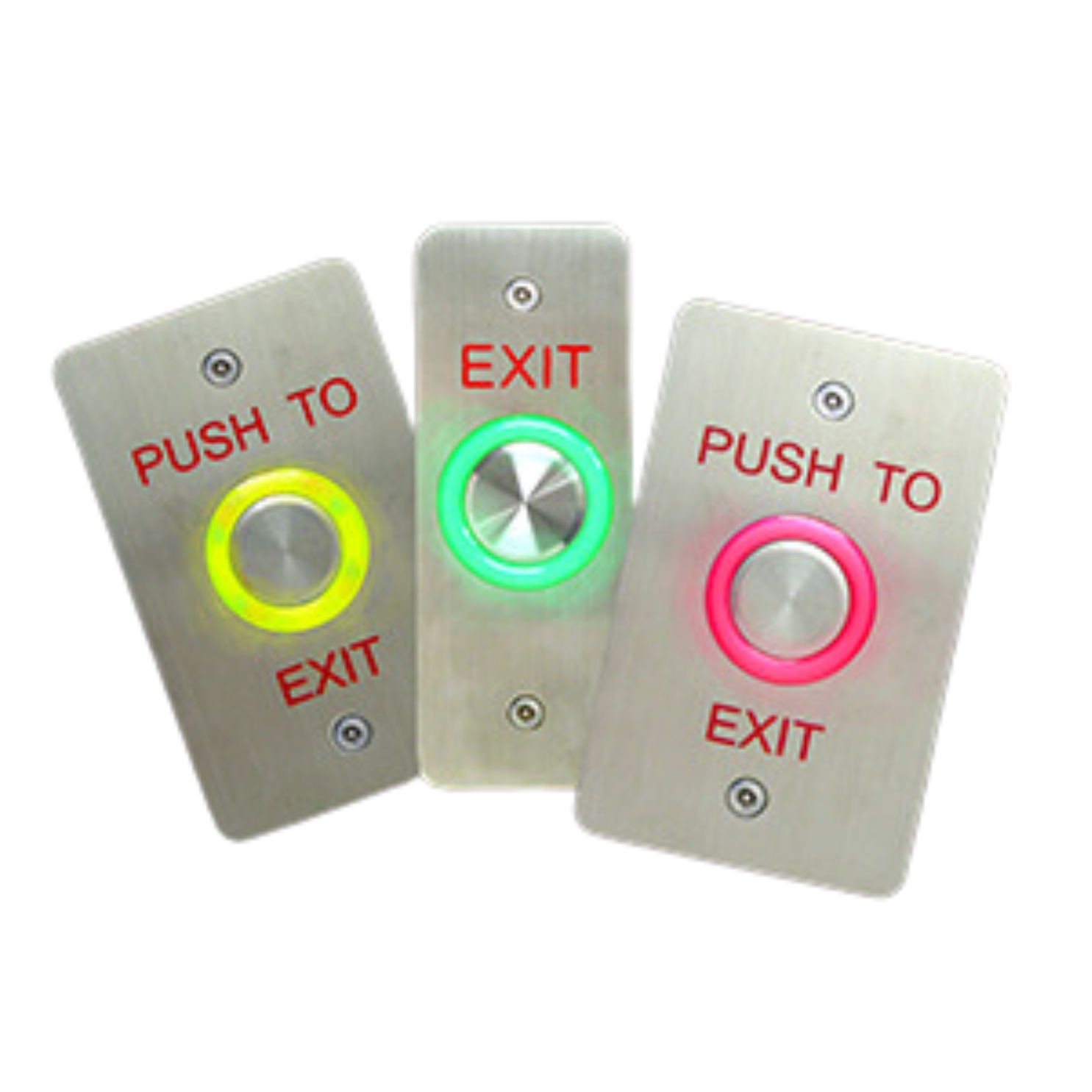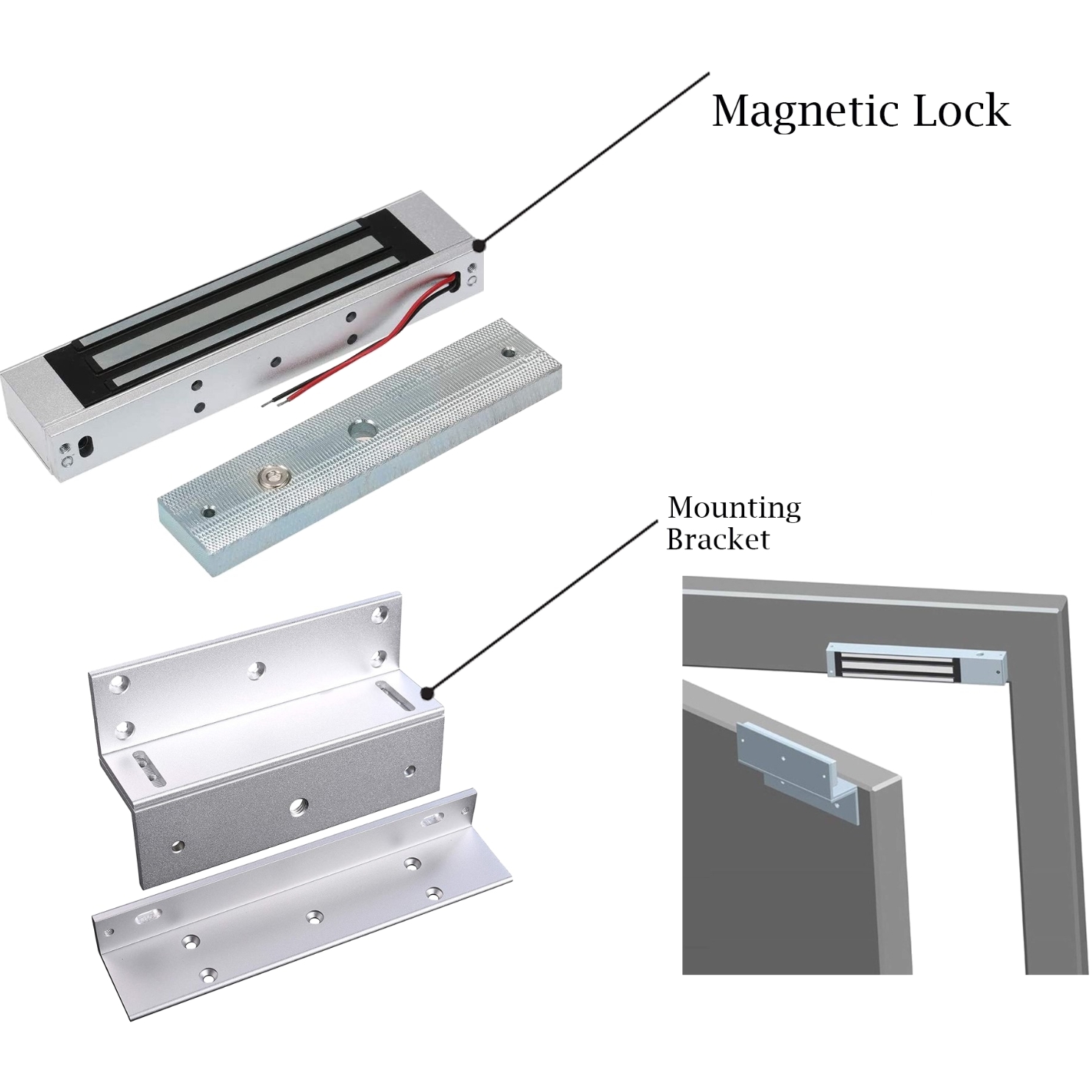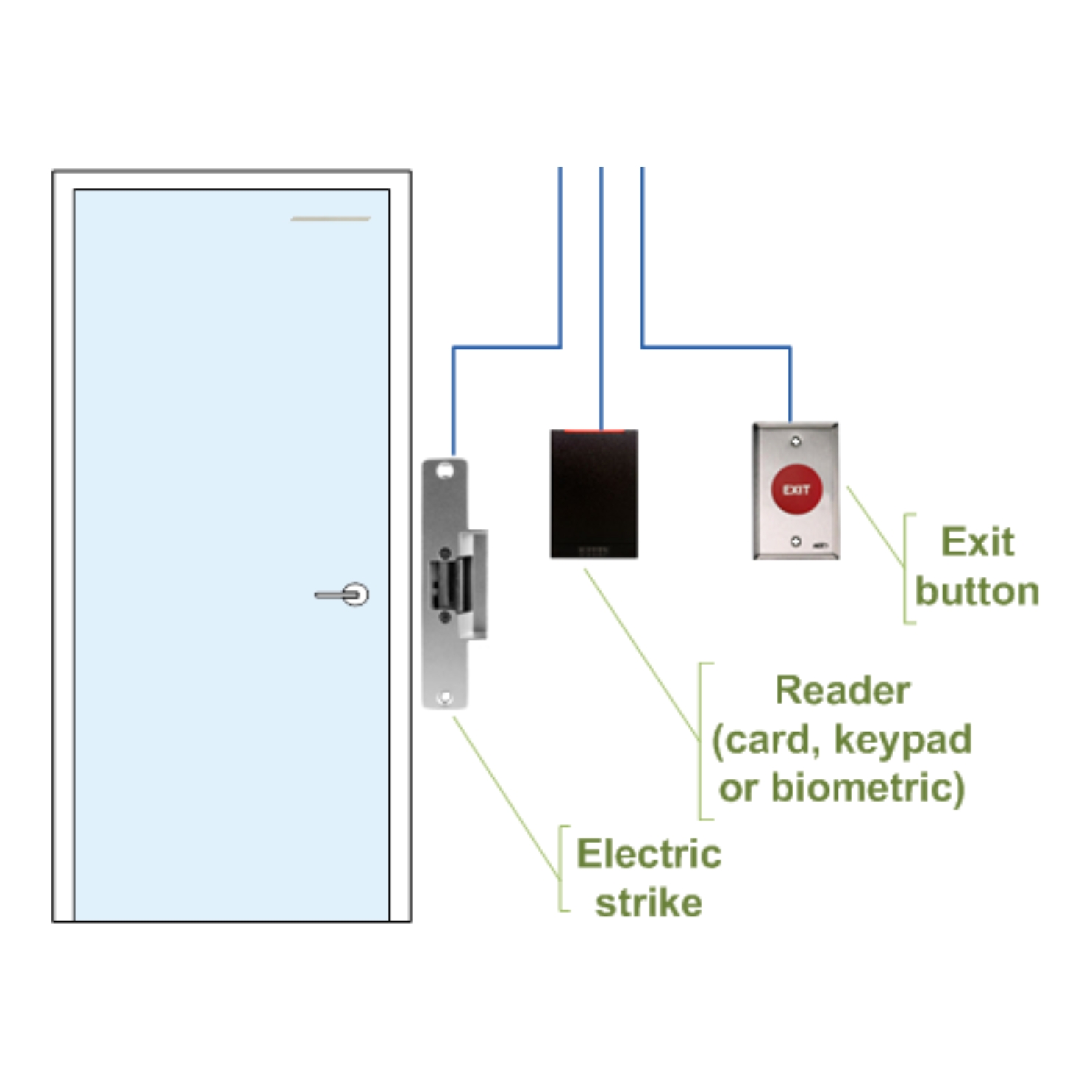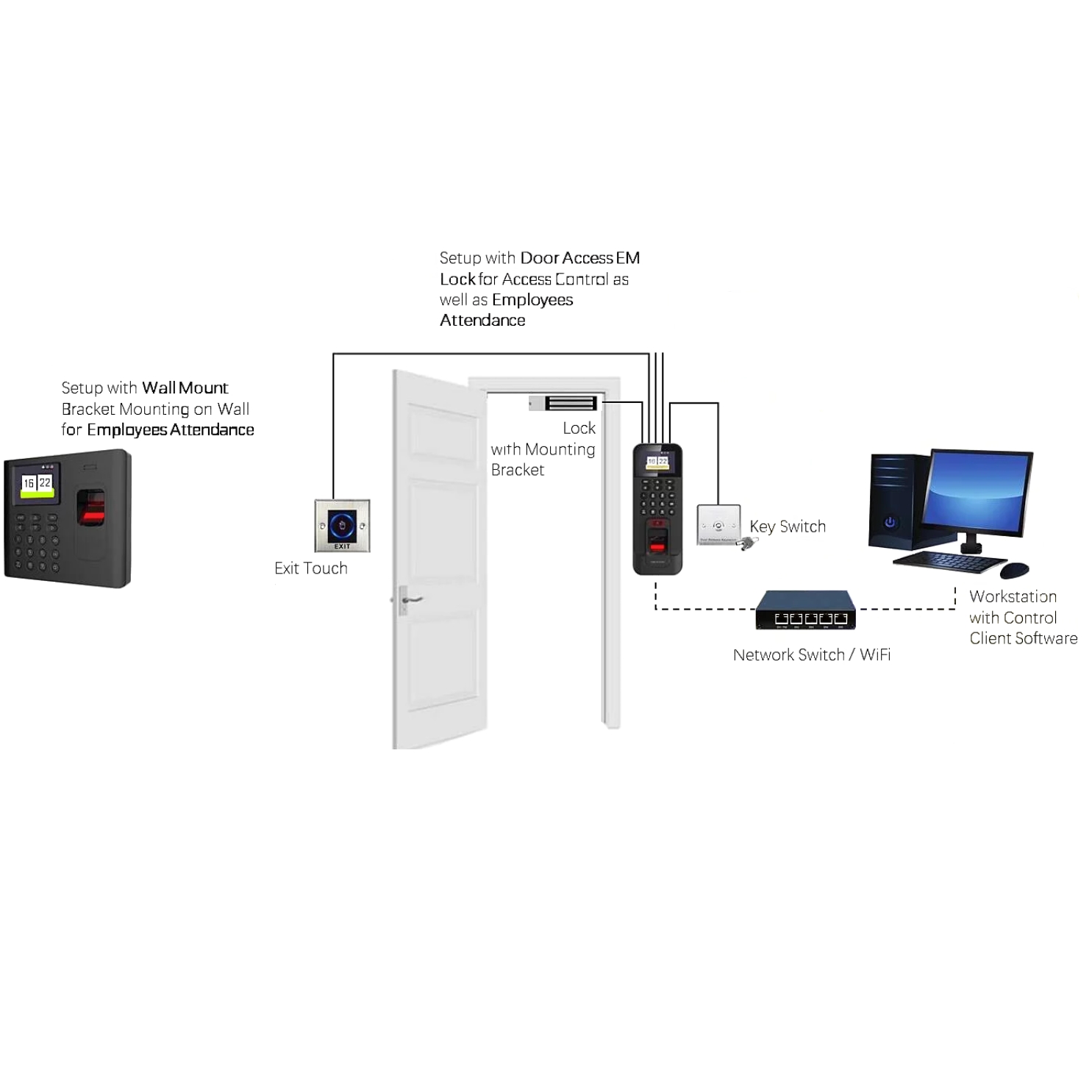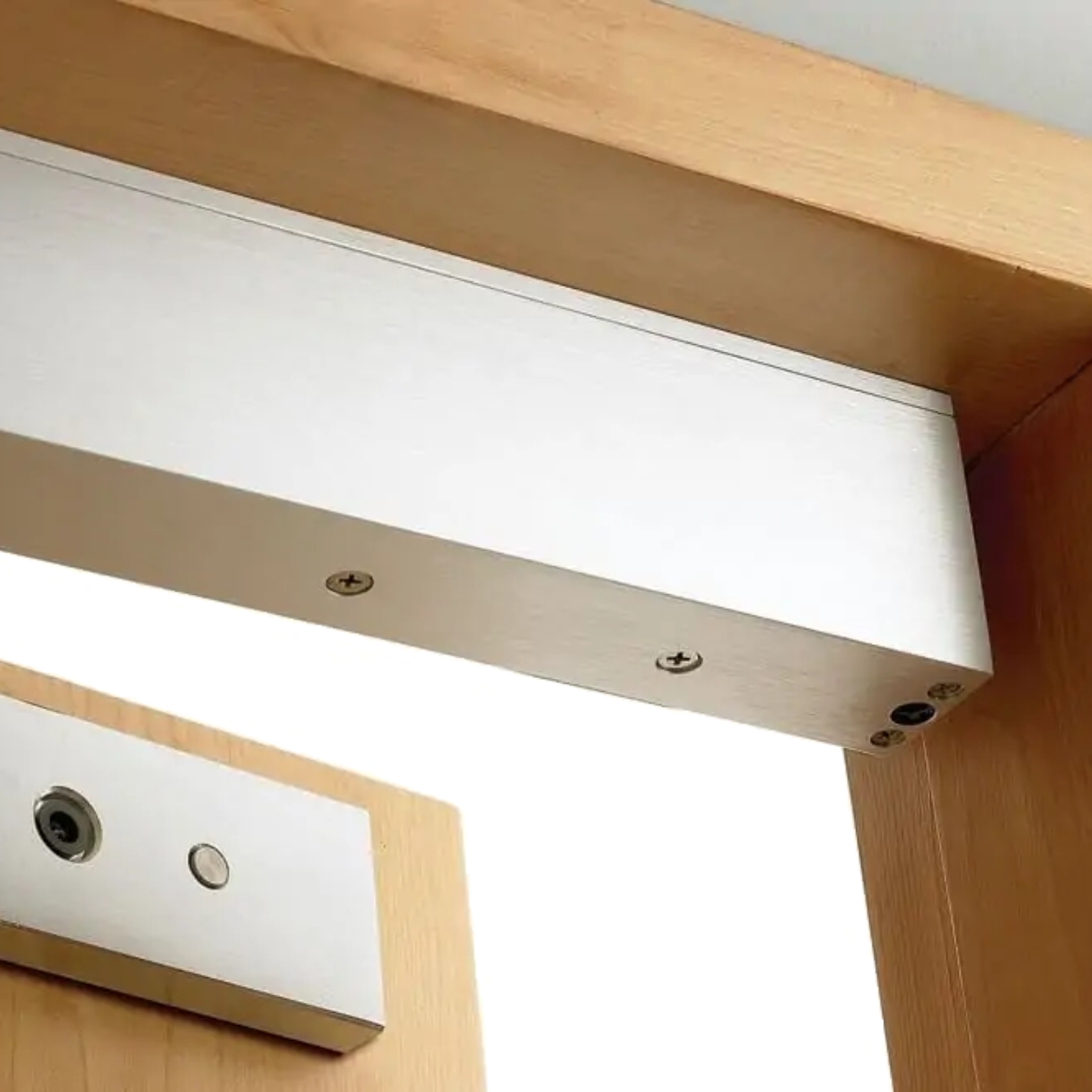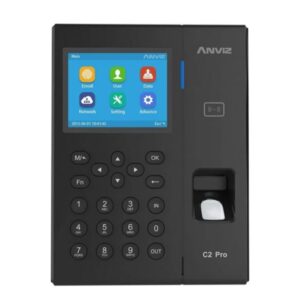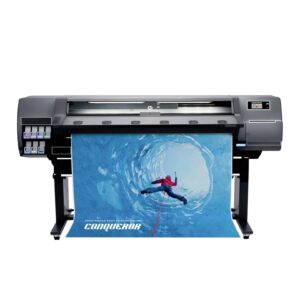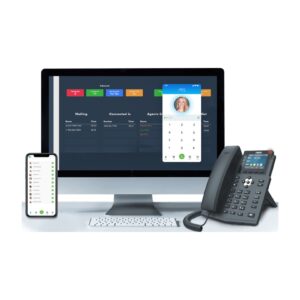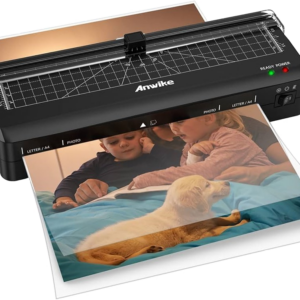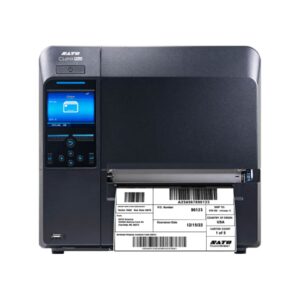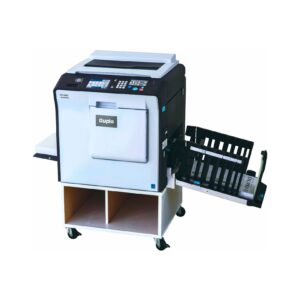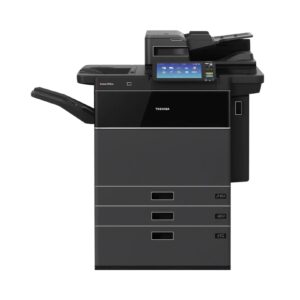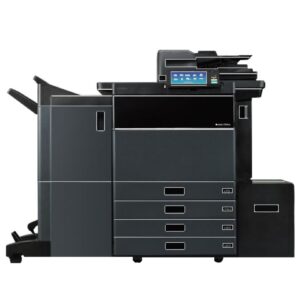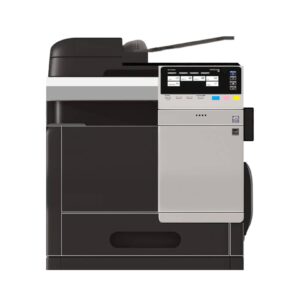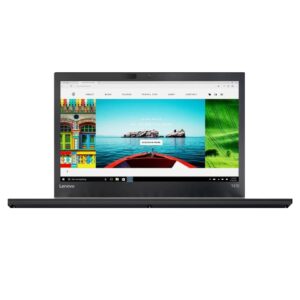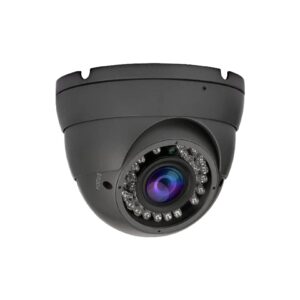Description
An access control system is a security system that protects a business’s assets and employees. It allows you to control access to your building or computer network electronically, as opposed to a lock and key system. It can utilize electronic devices such as keyed dead-bolt locks on the door, cipher locks, or physical tokens. A keyed dead-bolt lock is the same as one would use for a house lock. The cipher lock only allows access if one knows the code to unlock the door. Physical tokens, ID badges, fingerprint scanning to name a few.
The hardware that locks and unlocks the doors is a part of your access control system as well. Electric lock hardware will electronically unlock your door after a keycard swipe or keypad code entry, and electronically lock the door again when it closes. There are many different types of electric lock hardware such as electric locks, electric strikes, electromagnetic locks, and more.
Common door access system types include:
- Manual door access control:Also known as doormen or security guards, manual access control includes someone watching what happens at the doors. Before allowing anybody, who is asking for admission in, the employee at the entrance verifies their identification.
- Mechanical door access:The most popular mechanical door access technique is unquestionably the classic lock and key approach. But this puts your building in danger because keys are simple to steal or lose.
- Electronic door access systems:These systems often take the form of a key fob system, keypad, or intercom and are controlled by an electronic controller. A mobile door access control system is the greatest option today given the prevalence of the Internet of Things (IoT), which powers our smartphones, TVs, watches, and even certain automobiles.
- Mechatronic door access: In these systems, mechanical and electronic access control are merged. A magnetic door strike relies on two parts: a magnet that is mounted to the door, and an armature door lock strike plate that is mounted to the door frame. With an electric field energizing the magnet in the door lock, a magnetic field is created that secures the armature lock and magnet in place. The magnetic door strike must be de-energized to open the door and fire the magnetic release latch, which breaks the field and moves the plate away from the mechanic. This can be achieved by a variety of methods including a card reader, keypad, or key fob.
What is an access control door controller?
After a person’s credentials have been validated, an access control door controller is the device that instructs the door lock to release. The reader, which can be an electronic keypad, an RFID reader, or another kind of technology that communicates through WiFi, near-field communication (NFC), or Bluetooth to a cloud-based system which allows you to manage your security remotely. They are traditionally installed at doors or entryways in your building.
Common Uses
More workplaces are doing away with analog business tools and choosing to go digital than ever before. That’s why access control systems make sense for nearly every kind of business, regardless of industry or field! However, access control systems are a must-have for businesses that need to implement high-security areas. These companies may also have sensitive information or workspaces that they must monitor closely. Businesses that most frequently require an access control system include:
- Government data centers
- Business
- hospitals, doctors ‘rooms
- Banks and financial companies
- Law and accounting firms
- Law enforcement facilities
- Parking lots
- Hotels , guest houses, Inns, lodges
- Schools and educational facilities
- Zoos and animal parks
- Storage facilities
- Gyms and Fitness centers
- Rental properties

